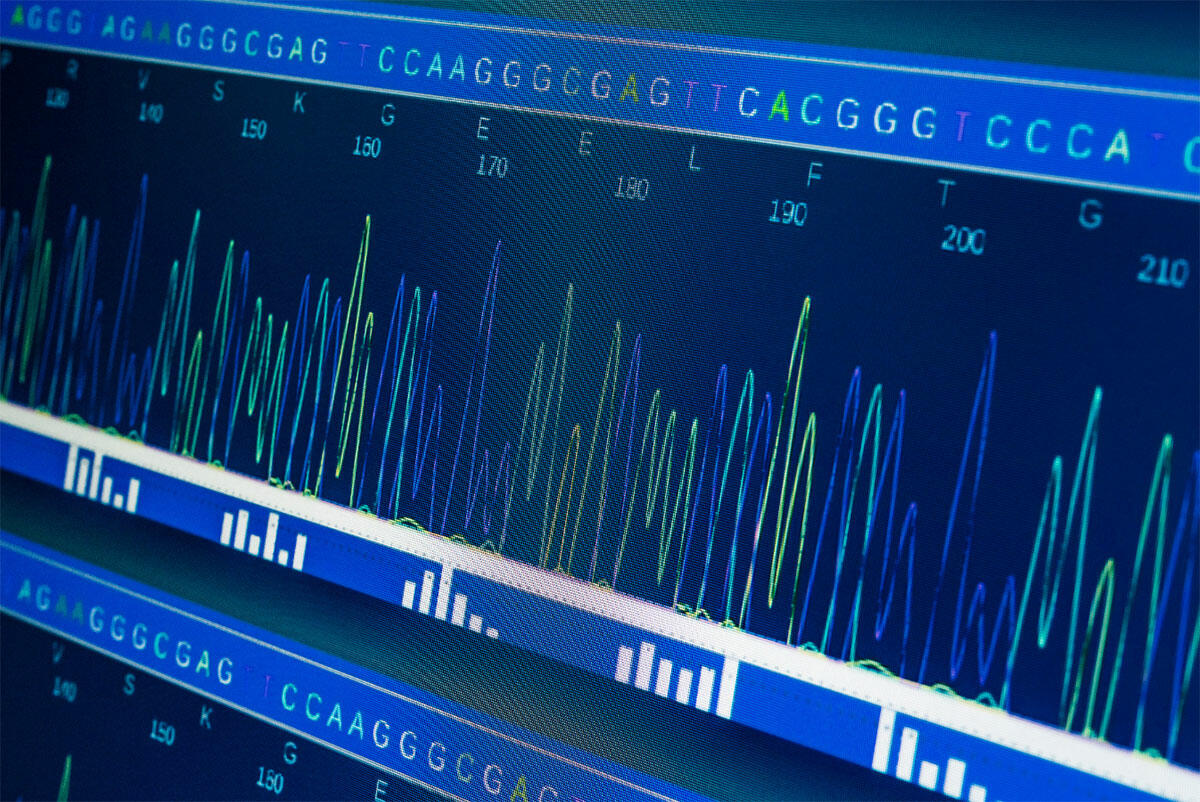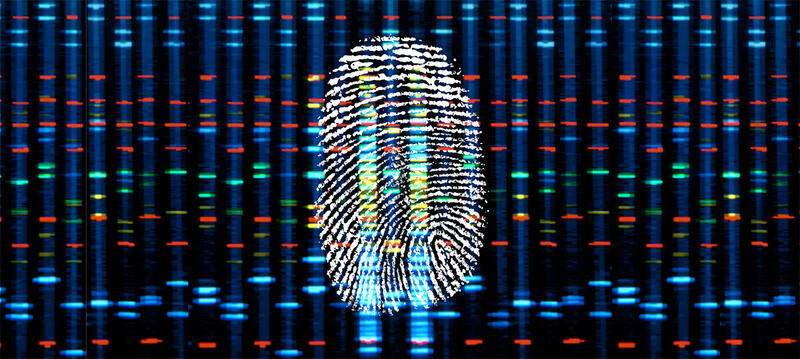Sanger sequencing vs NGS
Written by Éva Mészáros
03. August 2023
From the pioneering work of Sanger sequencing to the cutting-edge advancements in next generation sequencing (NGS) technologies, we have come a long way in our ability to decipher the genetic code. Today, scientists working in the field of genomics have an array of sequencing methods at their disposal, each with unique strengths and limitations. To help you choose the right one for your application, we will compare Sanger sequencing with NGS techniques in this blog, before discussing the differences between Illumina, PacBio and Nanopore sequencing. Please note that we won't be explaining how the various methods work; for more on that, please refer to our previous article 'DNA sequencing methods: from Sanger to NGS'.
Table of contents
What is Sanger sequencing used for?
Sanger sequencing was invented in 1977 and, despite the development of several NGS methods – such as Illumina, PacBio and Nanopore sequencing – since that time, it is still being used in laboratories today. For example, clinical laboratories often rely on Sanger sequencing to validate gene variants that have been identified by NGS using Illumina platforms, primarily due to the method’s unparalleled accuracy of 99.99 percent.1 However, there is a growing debate about the need to double-check variants, and so throughput is increasingly becoming the key differentiator between the methods.2,3 Because Sanger sequencing can only sequence a single fragment at a time, Illumina's NGS technology – which can sequence millions of DNA molecules simultaneously – is preferred for high throughput applications.3 On the other hand, Sanger sequencing remains popular for sequencing a short region in a small number of samples, because it can accurately read up to 1,000 base pairs without requiring complex data analysis.4,5

The simpler data analysis of Sanger sequencing, in combination with longer reads – Illumina sequencing typically only generates reads up to 300 bp – is especially useful for sequences with repeats.3 These repeats can be determined more easily with Sanger sequencing, because the Illumina technique requires many short overlapping sequences to be linked together, a task that can be difficult, especially when the repeat sequence is longer than the read sequence.3,6
Another advantage of Sanger sequencers is that they are usually more affordable than Illumina instruments.7 On the other hand, the cost of sequencing 1,000 bases is considerably higher on a Sanger sequencer than on an Illumina instrument,8 so throughput will ultimately determine what makes financial sense for long term investment.
In summary, the main benefits and limitations of Sanger sequencing compared to Illumina sequencing are:
Benefits of Sanger vs Illumina
- Simple data analysis
- Can better deal with repeat sequences
- Sanger sequencers are more affordable than Illumina instruments
Limitations of Sanger vs Illumina
- Low throughput
- The cost of sequencing 1,000 bases is orders of magnitude higher than on Illumina instruments
We've just seen that Sanger sequencing is preferred over Illumina sequencing when dealing with repeats. However, the two long-read NGS methods – PacBio and Nanopore sequencing – are even better suited for this,9 as their read lengths outperform Sanger sequencing.10
An advantage that all three NGS methods have over Sanger sequencing is higher sensitivity. With Sanger sequencing, one chromatogram is generated for all the molecules being sequenced.7 This makes analysis easy, but variants are only detected when they occur in about 15 to 20 percent of the sequences.3 NGS methods have a much lower detection limit, because they analyze the nucleotide sequence of each molecule individually.7 With Illumina sequencing, for example, the detection limit is 1 percent.3
Illumina vs PacBio sequencing
Shifting our attention to NGS methods, we will now examine Illumina and PacBio sequencing side by side. As seen above, Illumina is a short-read sequencing technology offering read lengths ranging between 50 and 300 bp.11,12 On the other hand, PacBio excels in long-read sequencing, possessing the impressive capability of generating read lengths of 15,000 to 20,000 bp.13 It's estimated that the short-read sequencing market size is still more than 11 times bigger than the long-read sequencing market,14,15 meaning that Illumina sequencing is undoubtedly the prevalent method. However, the longer read length of PacBio sequencing can be a huge advantage when dealing with genomes that lack a high quality reference genome, possess numerous repeat sequences, or contain rare variants. Illumina's approach of assembling short reads can be labor intensive in these cases, whereas PacBio's ability to generate long reads enables easier genome assembly and increases accuracy.12

Another advantage of PacBio is its real-time sequencing ability. By monitoring the time lapse between base incorporations, PacBio can detect base modifications such as methylation.16,17,18
When it comes to throughput, however, PacBio falls short. Its Revio system can deliver up to 360 Gb of reads per run,13 whereas Illumina's NovaSeq X machines can produce up to 16 Tb of output per run.19 The cost per million bases therefore tends to be higher with PacBio sequencing than with Illumina technology.
Please note that Illumina now also offers long-read sequencing20 whereas PacBio – just like Oxford Nanopore – recently entered the short-read sequencing market.21,22 However, as Illumina technology cannot compete with the read length of PacBio and Nanopore sequencing yet23 – and as PacBio's and Oxford Nanopore's short-read sequencing platforms are new in the market22,24 – we will not go into more detail about these three technologies in this blog.
PacBio vs Nanopore sequencing
Let's now explore how PacBio stands against Nanopore sequencing. Both PacBio and Nanopore technologies are widely used for de novo assembly, transcriptome analysis (including gene isoform identification), and metagenomics analysis, primarily due to their ability to generate long read lengths. Moreover, the long read length is beneficial when assembling genomes that include large stretches of repetitive regions.9
Despite their utility for these applications, both technologies have relatively high error rates. While PacBio can reduce errors through circular consensus reads,9,16 Nanopore sequencing compensates for its higher error rate by combining duplex reads from a template and the complement strand of a single DNA molecule to produce a consensus sequence with fewer errors.25 However, the type of errors differs between the techniques, as PacBio errors are random, while Nanopore errors can mainly be found in homopolymer regions.26 This makes it easier to eliminate PacBio errors, and so this method achieves more accurate results.
Nanopore may be inferior to PacBio when it comes to accuracy, but it also offers some advantages. It can directly sequence RNA, clearly stands out with the longest read length ever created – an astonishing 2.3 million bases27 – and lacks PCR amplification bias, as no amplification step is necessary.26 As the amplification efficiency of fragments with high GC or AT contents is usually lower in PCR, they are less abundant after a few thermal cycles, and PacBio sequencing may consequently underestimate their quantity – a risk that can be eliminated with Nanopore sequencing.
Furthermore, Oxford Nanopore offers portable devices at a low price16 and uses a simple library preparation process, making this technology an ideal choice for research in remote regions or mobile diagnostic labs. For example, Nanopore sequencers have been used during an Ebola outbreak in West Africa, in Antarctica, and even aboard the International Space Station.9,28

Nanopore vs Illumina sequencing
In the final section of this blog, we compare Nanopore against Illumina sequencing. Nanopore can directly sequence RNA, and shines with its long-read capability, making it useful for de novo assembly, transcriptase analysis and metagenomics. However, Illumina offers a higher throughput, making it the go-to choice for large-scale applications.
Although, as stated earlier, Nanopore sequencing doesn't require PCR amplification, eliminating amplification bias and simplifying sequencing protocols. The simple workflow, combined with the portability of some Nanopore sequencers, make it the ideal sequencing method to be used in the field or in mobile, temporary labs.
Conclusion
The choice between Illumina, PacBio and Nanopore sequencing isn't about declaring a single winner. Instead, it's about understanding that each technology has a unique set of strengths tailored for specific applications. As lab professionals, it's your role to match these capabilities to your research needs, ensuring that you are equipped with the best tool to unravel the mysteries of the genetic world. As these technologies continue to evolve, we promise to keep you updated. We aim to simplify the complex world of NGS technologies, one blog post at a time. Stay tuned for more!
Further reading: eBook: Everything you need to know about NGS



























